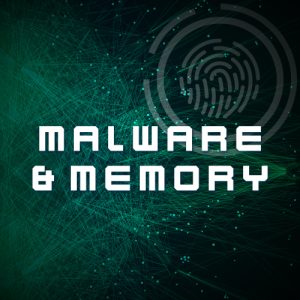
Cracking Software Legally (CSL) course is reverse engineering training and software penetration testing legally. In this course, you will learn about reverse engineering and Assembly language. Also, this course will provide valuable information for people who work in the field of Malware Analysis and Exploit Development. Gives.
Syllabus
- Introduction
- Creating a Sandbox for Cracking Software
- Introduction to crackme’s
- Introduction to x64dbg and Detect it Easy (DIE)
- Setting up your cracking workspace and workflow
- Debugger Stepping Basics
- Stepping Into Calls
- Breakpoint
- Reversing Jumps
- How to patch a program
- Summary of Cracking Software Workflow
- Introduction to cracking gui-based programs
- Analyzing the PE for a gui-based program
- Crack the Serial Key using BP on strings
- Windows api functions & the stack
- Patching to bypass wrong serial key message
- Setting Breakpoints on Intermodular Calls
- Setting BP from the Call Stack
- Cracking Registration File Checks
- Removing Nag Screens
- Cracking Trial Period Software
- Cracking Auto-Generated Serial Keys
- Removing Nag Screen by TDC
- Cracking by patching eax register values
- Cracking via Hardware Breakpoints
- How to Change Serial Key By Patching Memory Directly
- xAnalyzer Static Code Analyzer
- Serial Fishing – how to extract serial key
- Cracking Software Protection
- Cracking software using loaders
- Cracking Software’s Anti-Debugging Protection
- Cracking Software that has a combination of Packing Anti-Debugging
- Keygens
- Assembly Language Programming for Reversers
- Creating an External Keygen
- Cracking Visual Basic 6 Native compiled software
- Cracking VB6 p-code Software
- x64dbg tools usage
- Cracking .NET Framework Software (C# and VB.NET)
- Cracking .NET Software Protection
- Understanding the Process of De-obfuscation
- Cracking DLL’s





